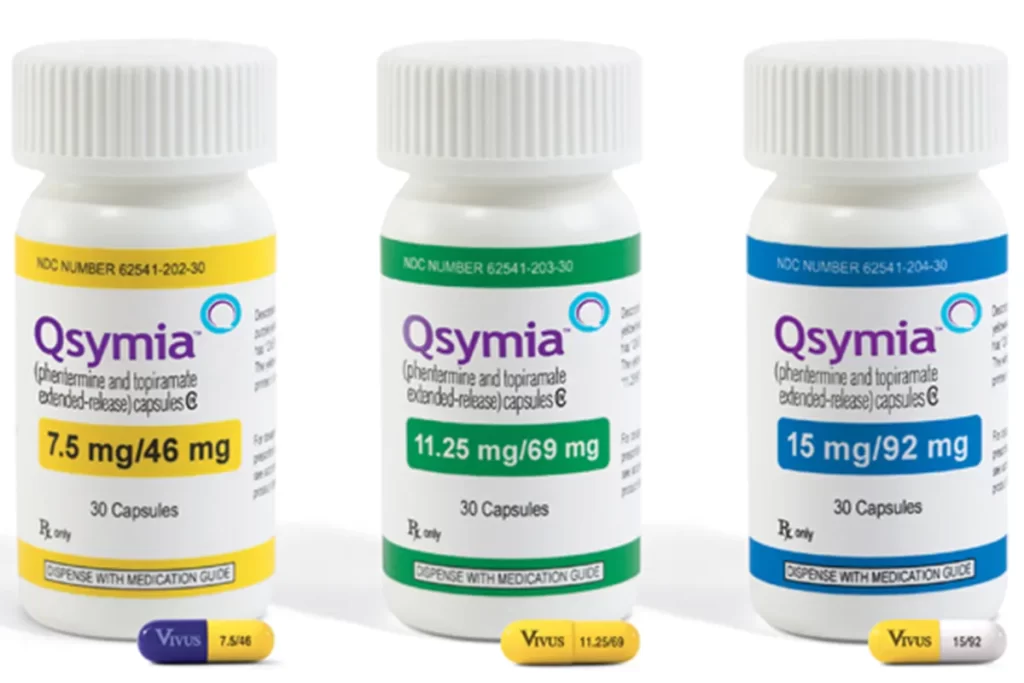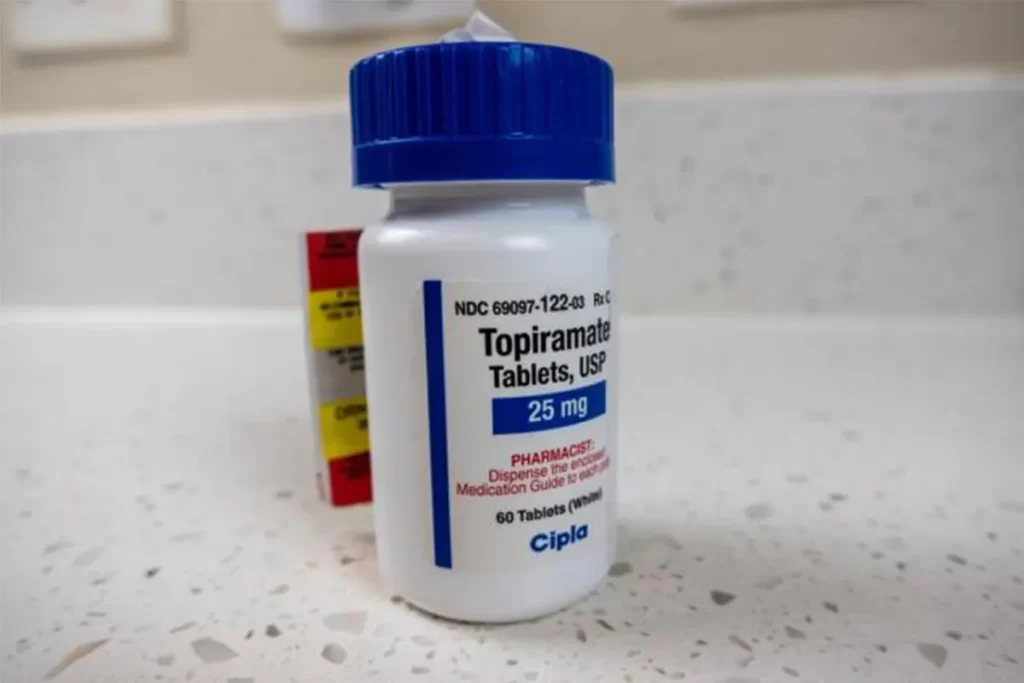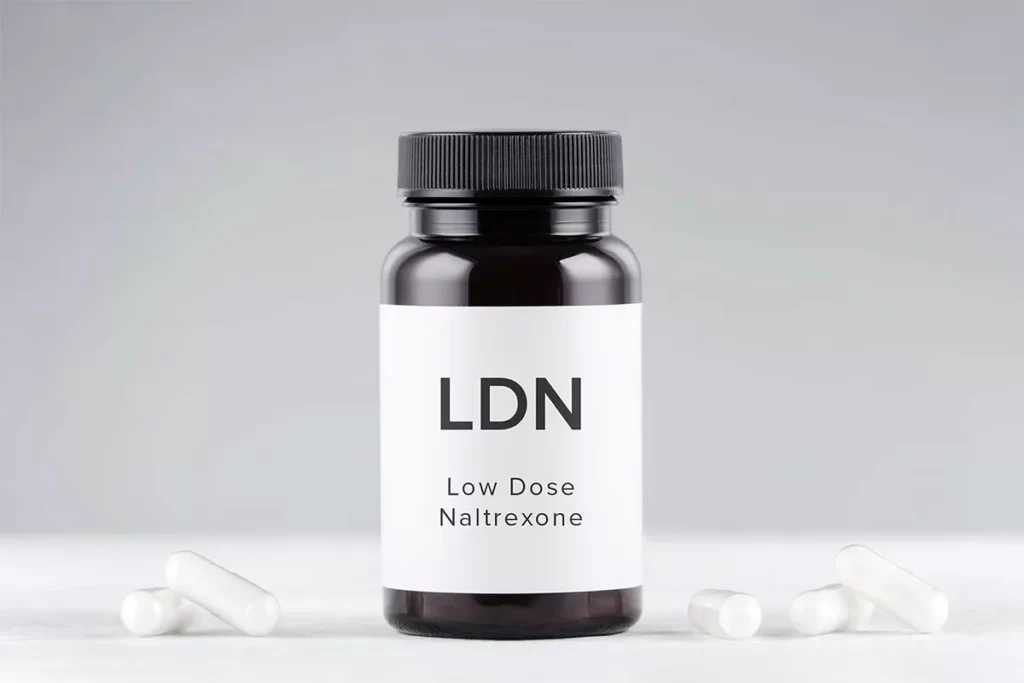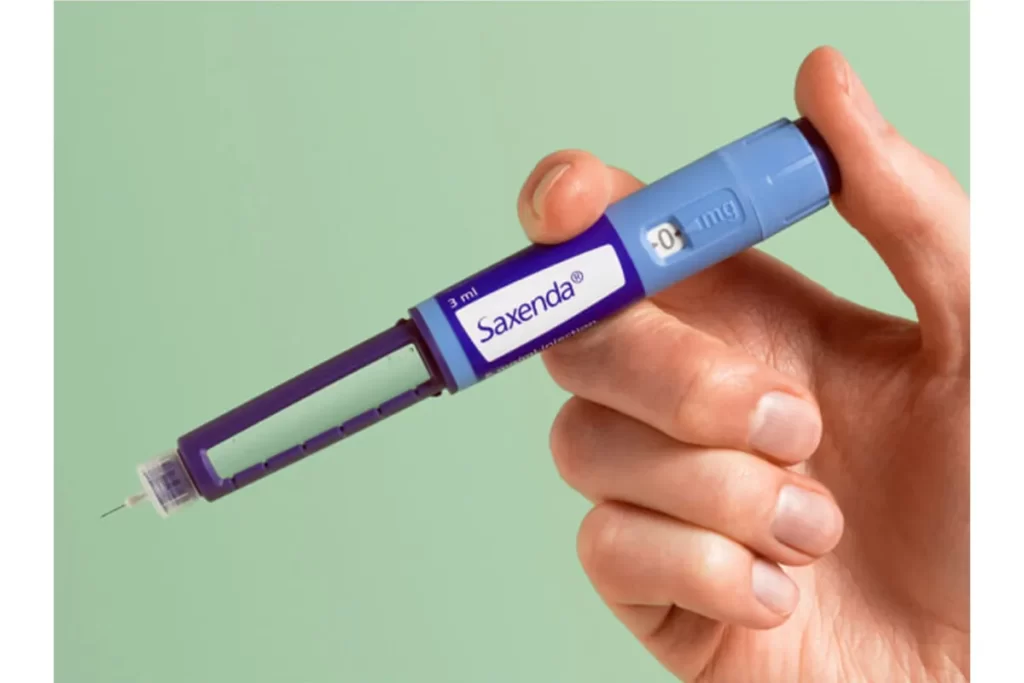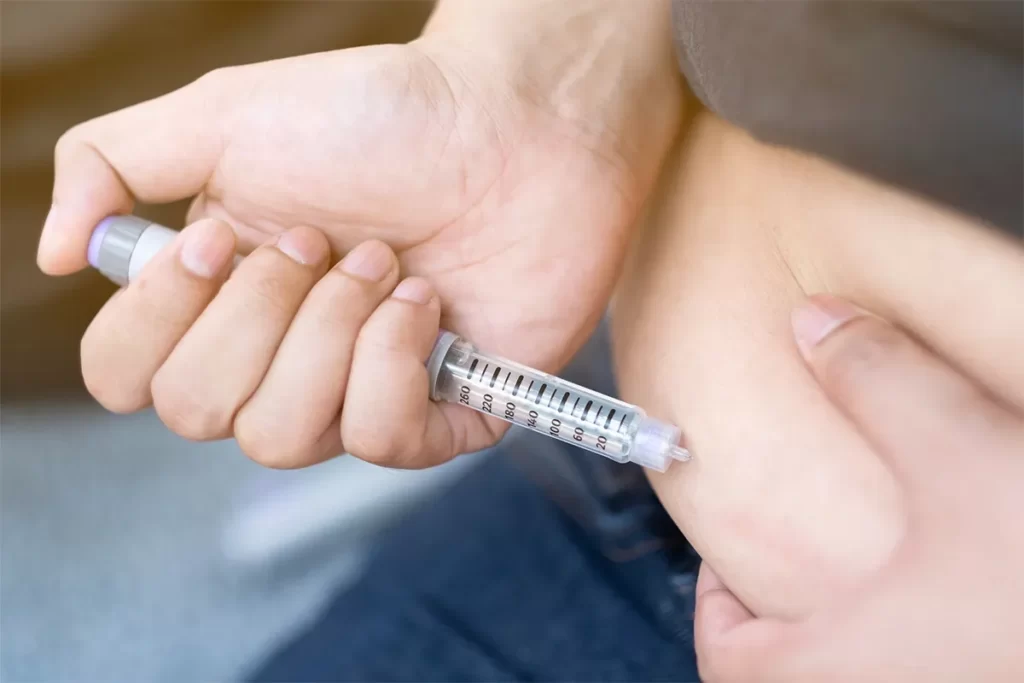Transform Your Life: Weight Loss Injections Before and After
-
 Written by
Michael J. Ormsbee
Written by
Michael J. Ormsbee
- LAST UPDATED September 20, 2023
Weight loss injections have surfaced as an effective and fast way to manage weight. Offering a scientific and targeted approach, these injections work with the body’s natural processes to reduce excessive weight. Today, weight loss injections are preferred by many as a part of their weight loss regimen, offering a perceived balanced and non-invasive solution. What about Weight Loss Injections Before and After? Let’s take a closer look.
The weight loss injections before and after with several options available in the market. Each comes with its unique set of pros and cons.
1. Botulinum Toxin Stomach Injections
Mechanism: Also known as Botox, these injections work by disrupting stomach muscle contraction, which in turn delays stomach emptying and reduces calorie intake. As a result, the individual experiences a feeling of satiety, leading to reduced food consumption and weight loss.
Pros: Effective in reducing hunger and promoting weight loss.
Cons: Side effects can include abdominal pain and constipation. It’s essential to consult a professional to avoid complications.
2. Mesotherapy
Mechanism: Mesotherapy involves injecting natural extracts, enzymes, vitamins, and minerals into the mesoderm, the middle layer of the skin, to break down fat and cellulite.
Pros: A natural and minimally invasive method that can target specific areas of fat accumulation.
Cons: More expensive than other options and may require several treatment sessions for visible results. The long-term efficacy and safety of mesotherapy are still under research.
3. Wegovy and Semaglutide
Mechanism: These drugs are glucagon-like peptide-1 (GLP-1) receptor agonists that work by controlling appetite and blood sugar levels to manage weight. They increase the feeling of fullness, reducing overall food intake.
Pros: Clinically proven effective in achieving weight loss and improving blood sugar control in individuals with type 2 diabetes.
Cons: Possible side effects include nausea, diarrhea, and abdominal pain. Not suitable for everyone, as they are contraindicated in people with a history of certain health conditions, such as pancreatitis.
4. Liraglutide (Saxenda)
Mechanism: Liraglutide is another GLP-1 receptor agonist that controls appetite by mimicking the natural hormones that make us feel full.
Pros: FDA-approved for weight management in adults struggling with obesity. Can be used in combination with a healthy diet and regular exercise for better results.
Cons: May cause side effects like nausea, vomiting, and a reduced appetite. Long-term safety has not yet been thoroughly assessed.
5. Lipotropic Injections
Mechanism: These injections contain fat-burning compounds like methionine, inositol, and choline that help increase metabolism and facilitate the breakdown of fat in the liver.
Pros: Promotes increased metabolism that benefits overall weight loss.
Cons: Potential side effects include fatigue, nausea, and digestive issues. The long-term effectiveness and safety are yet to be determined.
6. Human Chorionic Gonadotropin (hCG) Injections
Mechanism: hCG injections are typically combined with a low-calorie diet to promote rapid weight loss. It is believed that hCG helps maintain muscle mass during calorie restriction while promoting fat loss.
Pros: Can lead to rapid weight loss when combined with a highly restricted calorie diet.
Cons: Limited scientific evidence supporting the effectiveness of hCG for weight loss. Possible side effects include fatigue, irritability, and water retention. The low-calorie diet can lead to nutrient deficiencies.
7. Pramlintide (Symlin)
Mechanism: Pramlintide is a synthetic hormone that helps regulate blood sugar levels by slowing down digestion and increasing satiety.
Pros: Primarily used to treat type 1 and 2 diabetes, pramlintide has shown potential for weight loss by reducing overall food intake.
Cons: Mild side effects include nausea and headache. Although acquiring FDA approval, more long-term research on weight loss efficacy and safety is needed.
8. Adenosine Monophosphate (AMP) Injections
Mechanism: AMP injections aim to boost energy and metabolism by increasing the amount of adenosine triphosphate (ATP) in cells.
Pros: Improves overall energy levels, which can lead to increased physical activity and weight loss.
Cons: Not designed specifically for weight loss. Side effects like flushing, chest pain, and headache may occur.
9. Phentermine Injections
Mechanism: Phentermine is a prescription medication that suppresses appetite by stimulating the release of neurotransmitters that decrease hunger and satiety.
Pros: Proven effective for short-term weight loss in conjunction with a low-calorie diet and exercise.
Cons: Long-term use is not recommended due to potential side effects, such as high blood pressure and addiction. Requires prescription and medical oversight.
10. Hyaluronic Acid (Sculptra) Injections
Mechanism: These injections aim to reduce the appearance of cellulite by increasing the skin’s hydration and elasticity rather than targeting weight loss.
Pros: Can temporarily improve the appearance of cellulite-prone areas.
Cons: Not explicitly designed for weight loss. The treatment results in temporary improvement, and side effects include swelling, redness, and bruising at the injection site.
It is vital to consult a healthcare professional before undergoing any weight loss injections or treatments. They can help you determine the most effective and safest treatment option based on your individual needs and health history.
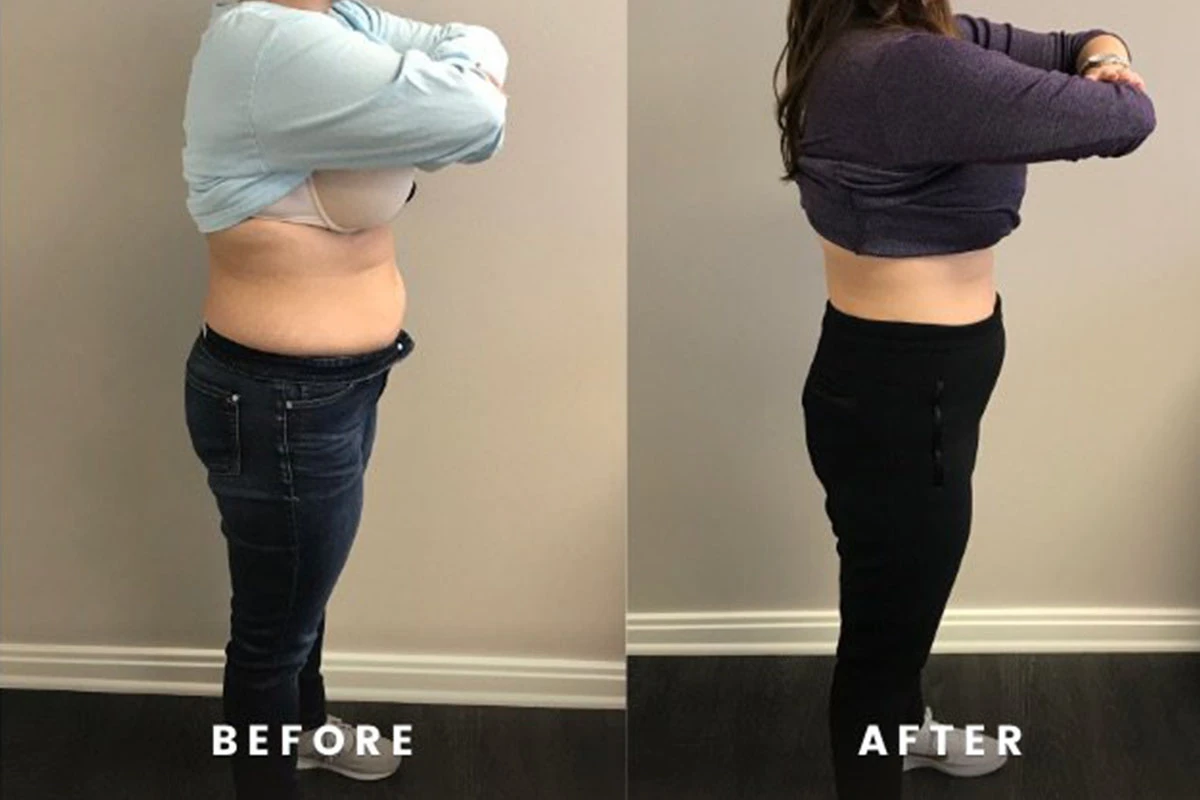
Spotlight on Ozempic
A treatment that’s gotten a lot of attention lately is Ozempic’s weight loss injections.
What is Ozempic?
Ozempic weight loss shot, a branded version of Semaglutide, is a once-weekly injection initially designed to help manage blood sugar for those with type 2 diabetes. It stimulates the action of incretin, a naturally occurring hormone that promotes insulin release and reduces the amount of glucagon (blood sugars) produced by the liver. However, its usage has extended beyond its original scope. Non-diabetics have been leveraging Ozempic for weight loss off-label due to its impact on blood sugar response and insulin creation.
How does Ozempic aid in weight loss?
Primarily, Ozempic works by reducing appetite and increasing feelings of fullness, leading to fewer calorie intakes per day. This effect on appetite, coupled with regular exercise and dietary restrictions, allows individuals to maintain healthy blood sugar levels while promoting weight loss and overall health.
For non-diabetic patients, Ozempic is used for weight loss at higher doses than typically used for diabetes treatment. The recommended starting dose of Ozempic for this purpose is 0.25 mg once a week, which can increase to 0.5 mg weekly after four weeks. The dose adjustment largely depends on the patient’s response and tolerance towards the treatment. Ozempic, when used consistently with lifestyle changes, can lead to an average weight loss of 3-7% of total body weight over a year.
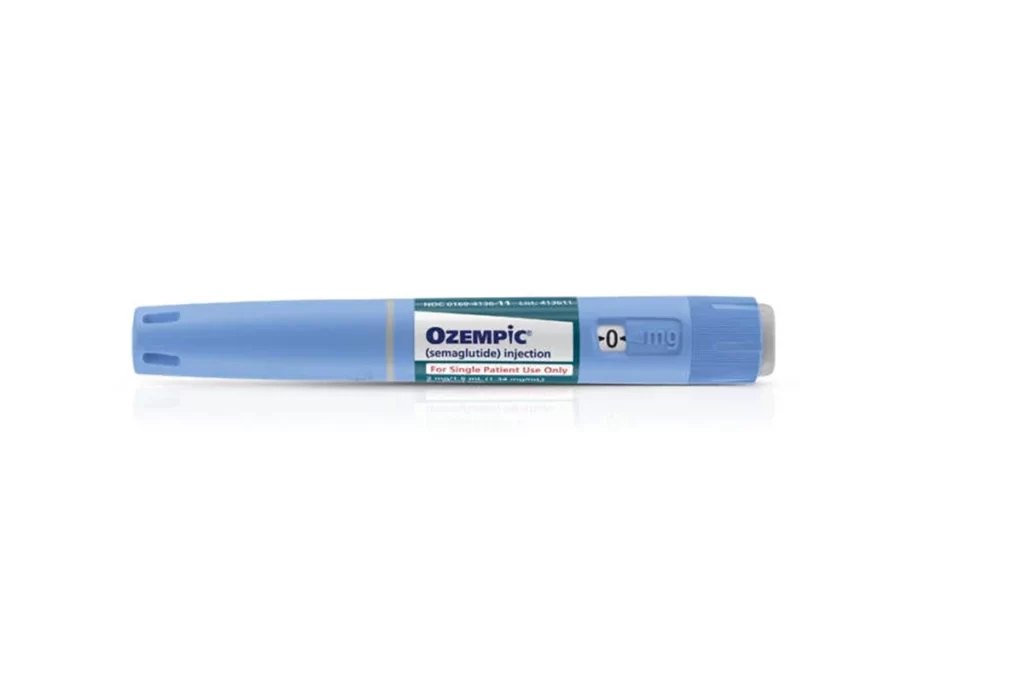
Ozempic Side Effects
While Ozempic can be a potent tool in weight loss, its usage does come with potential side effects that users should be aware of:
- Nausea and Vomiting: This is common when starting Ozempic, usually diminishing over time.
- Diarrhea: Weight Loss Injections Before and After Ozempic can speed up transit time in the gut, leading to frequent, loose stools.
- Abdominal Pain: Some users experience pain, which can range from a dull ache to sharp pain in the abdomen.
- Reduced Appetite: While beneficial for weight loss, some users might experience uneasiness.
- Fatigue, Dizziness, and Constipation: These effects can happen due to the body adjusting to the medication.
- Injection Site Reactions: As it’s an injectable drug, some may experience redness, swelling, or irritation at the injection site.
In rare cases, Ozempic can also cause thyroid tumors, including cancer.
Natural Alternatives for Ozempic Weight Loss
Natural alternatives are available for those concerned about the side effects of Weight Loss Injections Before and After Ozempic or looking for a more affordable option. Some of these include PhenQ – a non-prescription diet pill that assists in fat burning and appetite suppression, Zotrim – an herbal appetite suppressant designed to curb hunger and reduce sugar cravings, and Altai Balancea dietary supplement that helps regulate blood sugar levels and improve insulin sensitivity.
Effects of Weight Loss Injections Before and After
Before the Injections
Before initiating treatment with weight loss injections, specific physical and health considerations define the individual’s condition. Key among these are:
1. High Body Mass Index (BMI)
Common among patients seeking weight loss injections is a high BMI, a ratio of an individual’s weight to height. A high BMI often indicates overweight or obesity, conditions linked with excess body fat.
2. Associated Health Conditions
Obesity often brings with it additional health complications including, but not limited to, high blood pressure, diabetes, heart disease, and other metabolic syndromes. These ailments not only impair the patient’s quality of life but can also significantly shorten life expectancy.
3. Reduced Physical Mobility
In many cases, those significantly overweight or obese experience decreased physical mobility and strength. It might limit their ability to indulge in regular physical exercise, a crucial component of a healthy lifestyle and weight loss process.
4. Impaired Mental Well-being
Another significant impact before weight loss is psychological. Along with the physical discomfort of carrying excess weight, individuals may struggle with low self-esteem, anxiety, and depression.
After the Injections
The transformative power of weight loss injections becomes evident after the treatment starts showing its effects. Key changes among patients include:
1. Weight Reduction
Post-injection, significant weight loss is the most apparent and immediate impact. Depending on the specific treatment protocol and the individual’s reaction, losses can vary, with some patients reporting dramatic decreases in weight.
2. Improvement in Health Conditions
As the weight starts to drop, many associated health conditions also show signs of improvement. Issues such as high blood pressure and diabetes often become more manageable with weight loss, significantly improving the patient’s health outlook and reducing the dependence on medication for these conditions.
3. Enhanced Physical Mobility
The reduction in weight often translates to increased physical mobility. Patients begin to find that tasks they previously found challenging or strenuous, such as climbing stairs or walking for extended periods, become easier to manage.
4. Boost in Mental Well-being
The positive psychological implications of weight loss cannot be overlooked. With the physical transformation comes a surge in confidence, self-esteem, and overall mood. Many patients report feeling happier, more confident, and more comfortable in social situations following a significant weight loss.
These transformations collectively reflect the prominent effects of weight loss injections. Monitoring these changes, however, necessitates professional health and medical supervision to ensure sustainable and safe weight loss. Each individual’s reactions to weight loss injections may vary, and it is crucial to remember that these are often part of a broader, comprehensive lifestyle change, encompassing healthy eating and regular exercise.
New Developments in Weight Loss Injections
The arena of weight loss injections is witnessing constant evolutions. Quite recently, the FDA approved new weight loss drugs like Semaglutide, which are known to reduce appetite and consequently cause weight loss. However, they are not without potential side effects, with nausea being the most reported one.
Finally
In a world where obesity and related health problems continue to surge, weight loss injections serve as a promising tool. Their effectiveness and fast results have garnered attention around the globe. However, like any other medical treatment, they should be approached with a mindful consideration of potential side effects and cost-benefit analysis.
Disclaimer: Always consult with a certified healthcare provider before making any decisions related to medical treatments.
FAQs about Weight Loss Injections Before and After
How quickly do weight loss injections work?
The effect of weight loss injections ranges from individual to individual based on factors like lifestyle, body metabolism, and the type of injection itself. Generally, results could start to show within a few weeks, but consistent weight loss might take a few months.
Do weight loss injections really work?
Yes, they do. Clinical trials and studies have shown effective weight loss using injections like Saxenda and Semaglutide. Nevertheless, these should be used alongside a healthy diet and regular physical activity for the best results.
Which injection is best for weight loss?
The choice of injection might vary depending on individual factors like health condition, lifestyle, BMI, and personal tolerance for possible side effects. Hence, it's recommended to consult a healthcare provider for the most suitable choice.
How much weight can you lose in a month with Saxenda?
Saxenda impact differs among individuals. However, studies suggest that users can lose an average of 5% to 10% of their body weight within the first month, given they are adhering to a low-calorie diet and regular exercise.
How much is a 30 day supply of Saxenda?
The cost can vary based on the location and healthcare provider. As of now, the average retail price of a 30-day supply of Saxenda is about $1,300. Insurance and prescription savings programs may help lower the cost.
How much weight can I lose in 3 weeks on Saxenda?
Weight loss does vary for individual Saxenda users, but some studies suggest that it can lead to a loss of up to 5% of initial body weight within the first 3 weeks, especially if combined with diet and exercise. Please remember that results can vary significantly among users.

